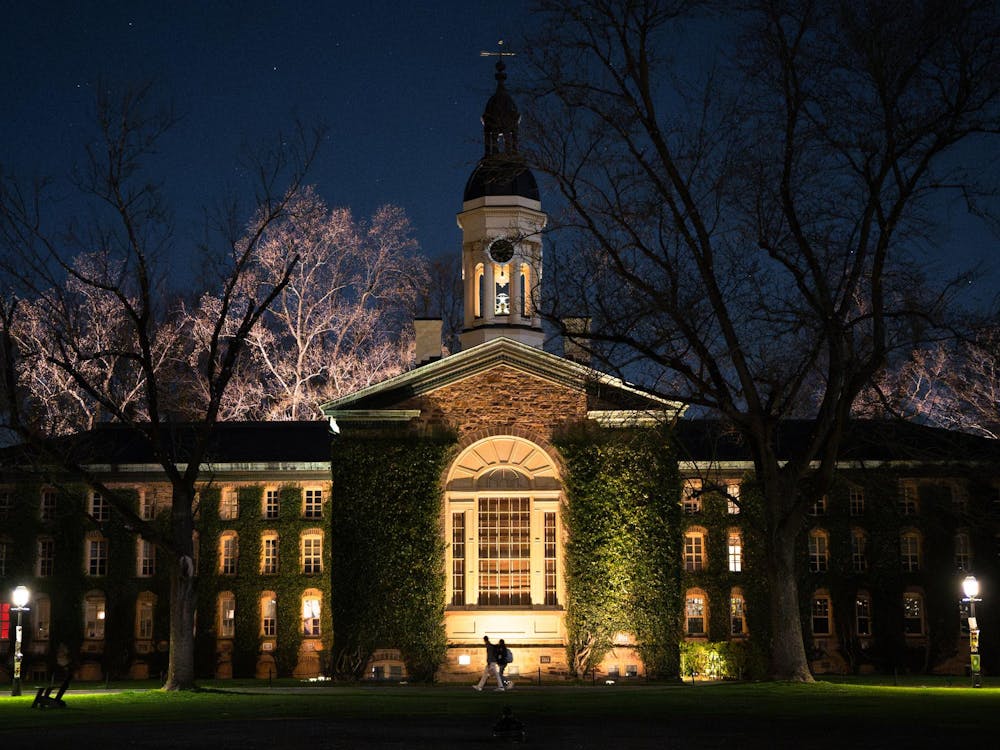Last week the USG Committee on Minority Issues released its report that thoroughly summarizes the opinions of minority students at Princeton (www.princeton.edu/usg/minorityfullreport.html). It justifiably identifies and discusses several problem areas: the small number of minority professors, discrimination by University employees, the 'Street' and minority yield in admissions. While I support all efforts to diversify Princeton, the Committee on Minority Issues expresses an ultimately self-defeating and counter-productive attitude. Specifically, if the report is to be taken as an accurate reflection of the opinions of minority students, then it (unknowingly) reveals an underlying problem facing diversification at Princeton: the failure of many minority students to accept personal responsibility for solving the problems.
This attitude occurs from the very beginning of the document, which states: "It is the goal of this report to fill in the knowledge gaps of the administration with regards to several aspects of minority affairs, to outline possible solutions to some of them, and to alert the administration to others, so that the problems can be considered and hopefully rectified in the future." In short, the committee feels that the administration — a vague notion which I will not attempt to define — must solve all problems.
Placing the burden on the administration indicates that the committee fails to recognize that students, particularly minority students, can (and should) solve many of the diversity problems — some for which they are directly responsible. Take the issue of self-segregation, for instance. As one minority group president commented, "The minorities themselves seem to accept their position as minorities and, seeing few alternatives, self-segregate." It seems reasonable that when a group feels threatened it turns in on itself. But that is no excuse. Student minority groups are useful for spreading cultural knowledge and support to fellow members, but when those groups become the sole social center for a particular minority, more problems are created than are solved.
Self-segregation is particularly evident at the 'Street,' where the report states that minorities are under-represented. At first it claims that the "financial burden of joining a club is often the decisive factor" for not joining. But at the end of the same paragraph the report contradicts itself, saying that "most students felt that money is merely a secondary deterrence from joining a club, as many of Princeton's minority students come from relatively affluent backgrounds."
Alright, so why don't they participate? "They do not want to be the guinea pig in a system that is traditionally averse to change," the report claims. "In addition, some minorities are wary of joining a club in fear that their minority friends will view them as 'selling out.'" This apparent attitude of fear and unwillingness to break out of a social comfort zone will do nothing to solve the race-relations problems outlined in the report. As one minority member of Charter wrote, "If the street is to become more diverse, minorities need to sign-in and bicker. Period."
In the current atmosphere of self-segregation, any increase in the percentage of minority students at Princeton is futile. With more minorities Princeton would gain diversity on a sheet of paper — a statistic which might make some people feel good — but unless people have the courage to interact, the diversity is false.
Complaining is easy, and Princeton students are quite fond of it, but ultimately it accomplishes very little. Solving most of the diversity issues at Princeton requires personal initiative, an issue the USG committee's report fails to mention and an attitude that no administration can create. If minority students are truly concerned about diversity, they must walk away from their comfortable homogenous groups, sit down at a table with some people they might not know, join an eating club. Of course, non-minority students also have a role to play in curbing self-segregation, but since the committee did not investigate non-minority opinions, I would be unjustified in forming any conclusive opinions of their attitudes. I do believe, though, that the majority of Princeton students do not discriminate, do desire diversification and do want to see minority students spending less time with each other and more time interacting with the entire Princeton community. Nathan Arrington is an art and archaeology major from Westport, Conn. He can be reached at arington@princeton.edu.







